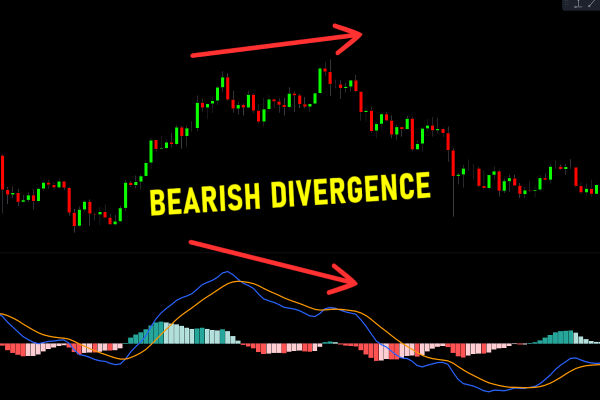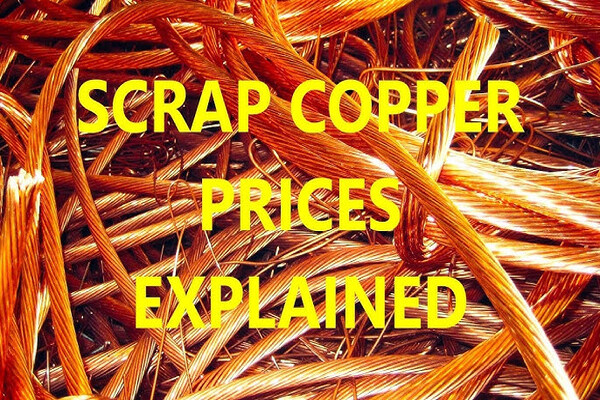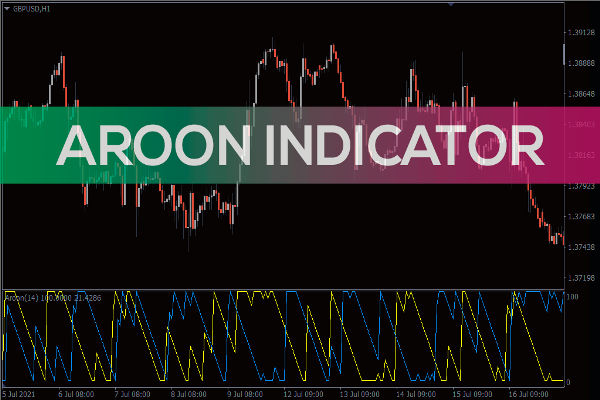Gold coins have fascinated collectors and investors for centuries, prized both for their intrinsic value and their historical significance. But what really determines the price of a gold coin?
Understanding the factors that influence gold coin prices is essential for making informed decisions, whether you're buying, selling, or simply curious about the world of precious metals.
This guide breaks down the key elements that affect gold coin values and offers practical insights for navigating the gold market in 2025.
The Role of Gold's Spot Price
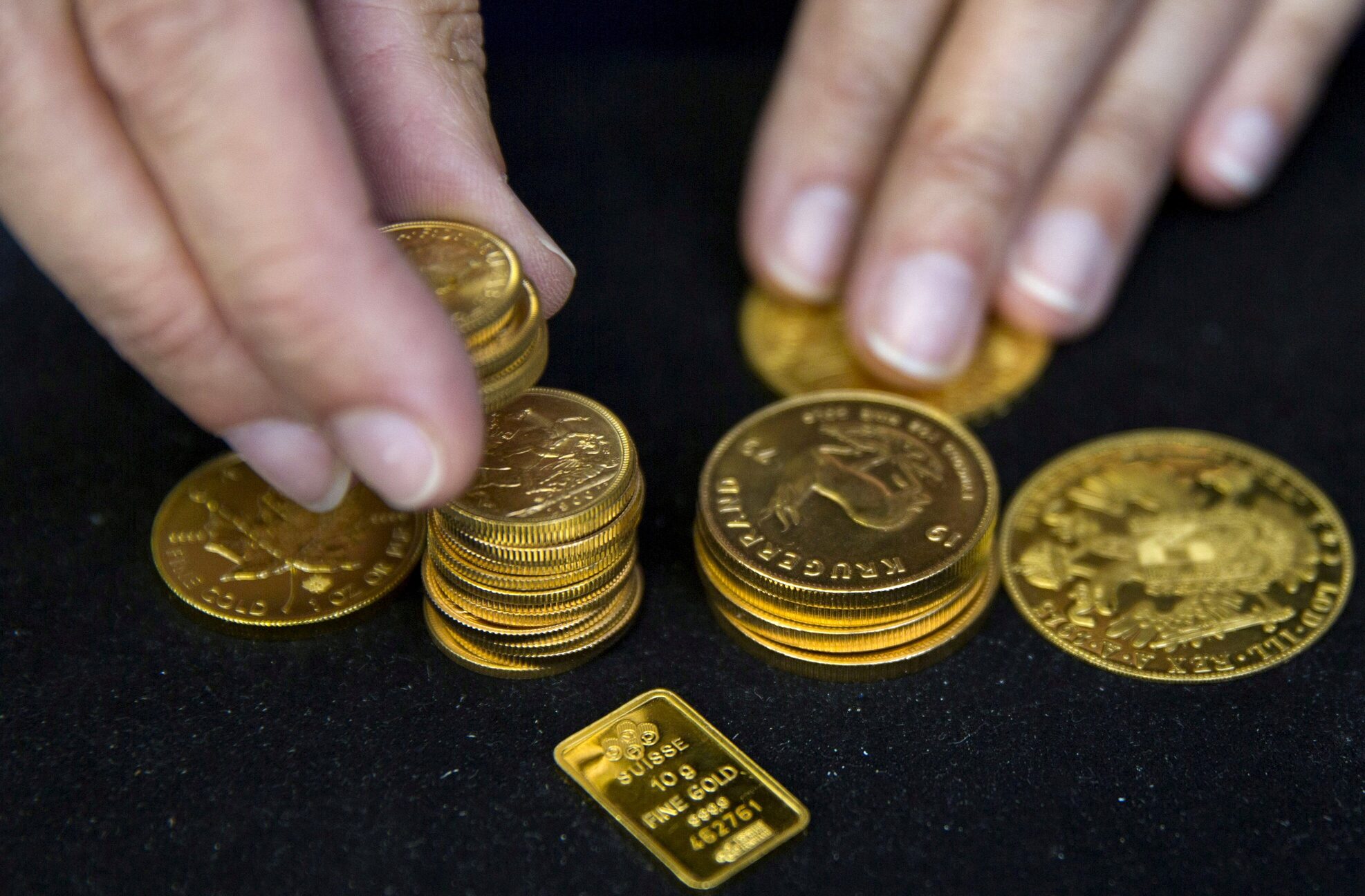
The foundation of any gold coin's value is the current spot price of gold. This is the price at which gold can be bought or sold for immediate delivery on the global market.
The spot price fluctuates constantly, influenced by supply and demand, global economic conditions, inflation, currency strength (especially the US dollar), and central bank activity. When the spot price rises, the base value of all gold coins increases accordingly.
Tip: Always check the latest gold spot price before buying or selling coins, as it directly impacts their value.
What Affects Gold Coin Prices?
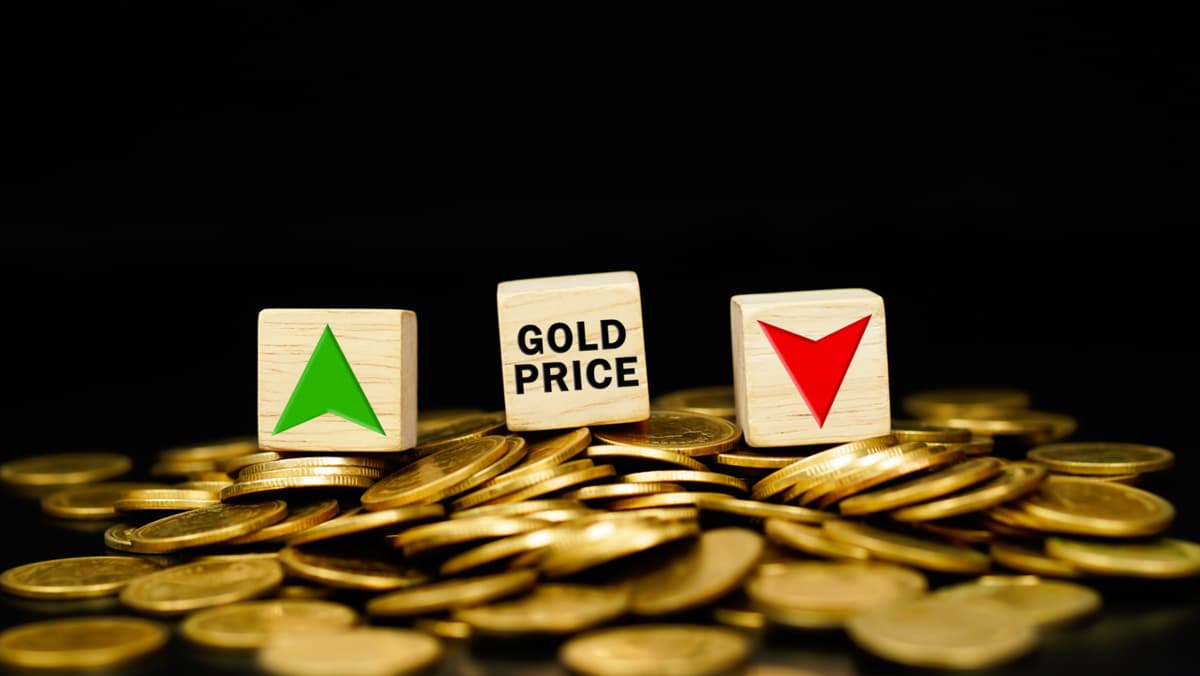
1. Purity and Gold Content
Not all gold coins are created equal. The purity of a coin-measured in karats or as a decimal (e.g., 0.999 fine)-indicates how much of the coin is pure gold versus other metals. Coins with higher gold content command higher prices. For example, a 24-karat coin (99.9% pure) will be worth more than a 22-karat coin of the same weight.
Key point: Always verify a coin's weight and purity, as these are crucial for determining its base value.
2. Rarity and Collectibility
Rarity is a major driver of gold coin prices, especially for collectors. Coins that were minted in limited numbers, have historical significance, or are particularly hard to find can sell for much more than their gold content alone. The year of mintage, mint mark, and any unique features or errors can all add to a coin's rarity and desirability.
Example: A rare Victorian-era sovereign may fetch a premium far above its gold value due to its scarcity and collectability.
3. Condition and Conservation
The state of preservation, or “grade,” of a gold coin has a significant impact on its price. Well-preserved coins with minimal wear, scratches, or blemishes are far more valuable than those in poor condition. Professional grading services can assess and certify a coin's condition, which is especially important for high-value or rare pieces.
Advice: Never clean your gold coins, as improper cleaning can damage them and reduce their value. Store coins in protective cases to maintain their condition.
4. Supply and Demand
Market dynamics play a crucial role in gold coin prices. When demand for gold coins rises-often during economic uncertainty or inflation-prices can surge.
Conversely, if supply increases (for example, when many people sell coins at once), prices may soften. Central bank purchases, mining output, and recycling rates all influence the balance of supply and demand.
5. Economic and Geopolitical Factors
Gold is widely seen as a safe-haven asset, which means its price often rises during times of economic or political instability. Events such as recessions, financial crises, wars, or geopolitical tensions can drive investors toward gold, increasing demand for coins and pushing up prices. Inflation and currency devaluation also make gold more attractive as a store of value.
Example: During the 2008 financial crisis and the 2020 pandemic, gold prices soared as investors sought security.
6. Premiums and Manufacturing Costs
Gold coins are usually sold at a premium above the spot price of gold. This premium covers manufacturing, distribution, and dealer margins, and varies depending on the coin's type, size, and popularity. Rare or highly sought-after coins can command much higher premiums, while standard bullion coins (like the Krugerrand or American Eagle) tend to have lower premiums.
Tip: Compare premiums across dealers and coin types to ensure you're getting good value for your investment.
7. Government Policies and Regulations
Government actions can influence gold coin prices through regulations, taxes, and monetary policy. Restrictions on gold imports or exports, changes in sales tax, or shifts in central bank reserves can all impact market prices. Investors should stay informed about relevant policies in their country or region.
Frequently Asked Questions
Q: Can I value my gold coins myself?
A: You can estimate value by considering weight, purity, condition, and the current spot price, but for rare or collectible coins, professional appraisal is recommended.
Q: Why do gold coin prices sometimes exceed the value of their gold content?
A: Premiums, rarity, historical significance, and condition can all add to a coin's value beyond its gold content.
Q: How do I protect the value of my gold coins?
A: Store coins in protective cases, avoid cleaning them, and keep them in a secure, dry environment to prevent damage.
Conclusion
Gold coin prices are shaped by a complex mix of factors, including the spot price of gold, purity, rarity, condition, supply and demand, economic trends, and government policies.
Whether you're a collector or investor, understanding these influences will help you make smarter decisions and maximise the value of your gold holdings. Stay informed, compare prices, and always prioritise the preservation of your coins for the best long-term returns.
Disclaimer: This material is for general information purposes only and is not intended as (and should not be considered to be) financial, investment or other advice on which reliance should be placed. No opinion given in the material constitutes a recommendation by EBC or the author that any particular investment, security, transaction or investment strategy is suitable for any specific person.




